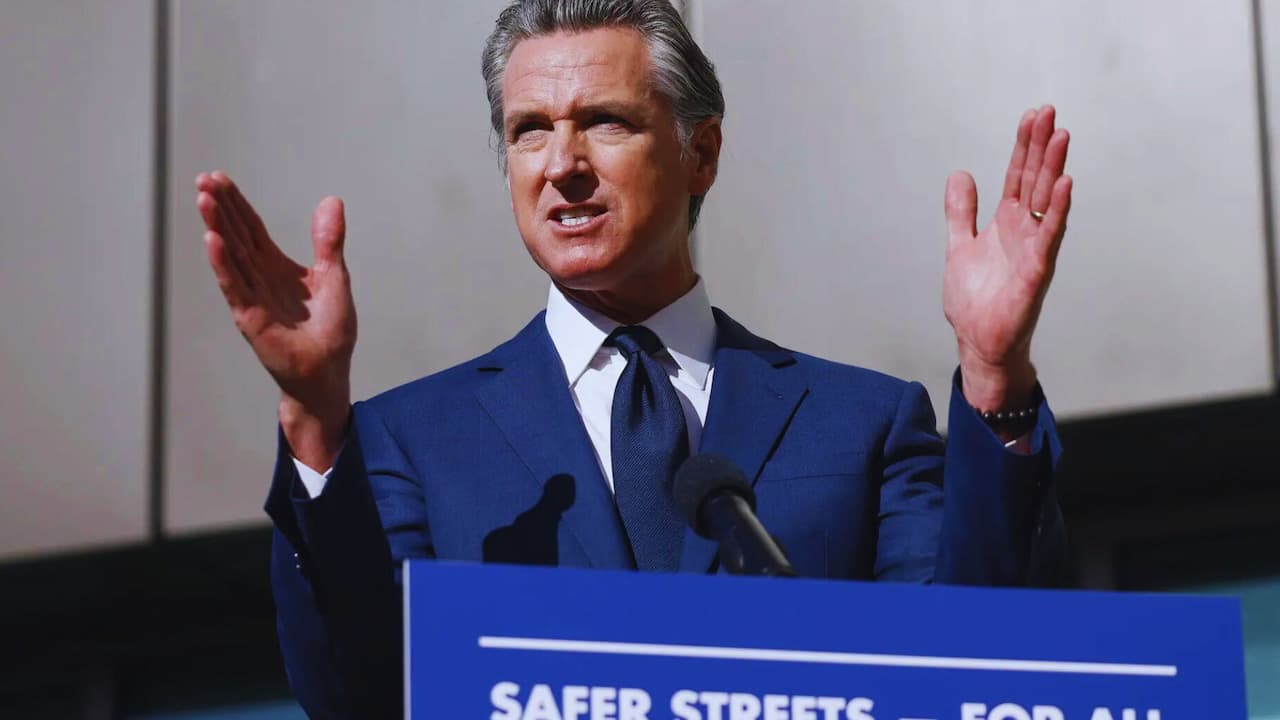Newsom’s Bold Economic Vision: Bridging California’s Political Divide Through Jobs
In a significant move that underscores the deep economic divisions within California, Governor Gavin Newsom launched an ambitious $58 billion economic development plan, starting with visits to Trump-supporting counties across the state. The governor’s initiative comes just weeks after the presidential election, marking a strategic shift in Democratic outreach to working-class voters.
“Message received,” Newsom declared during his visit to Fresno, acknowledging the economic frustrations that drove many Californians to support Donald Trump in the recent election. “People feel on edge, unmoored, and uneasy about their economic future.”
The cornerstone of this initiative is the California Jobs First Economic Blueprint, which introduces a new Regional Investment Initiative targeting historically underserved areas. The plan allocates initial funding of $5 million per region, with the Central Valley already securing $14 million for seven local projects.
Ashley Swearengin, President and CEO of the Central Valley Community Foundation, highlighted the plan’s potential impact: “We’re looking at creating 138,000 new jobs – from electricians and carpenters to engineers and community health workers.” The 20-year investment strategy aims to generate nearly $100 billion in economic impact for the Central San Joaquin region alone.
The timing of this economic push is noteworthy. While Newsom recently called for a special session to “safeguard” California’s policies ahead of Trump’s return to office, he’s now extending an olive branch to regions that backed the former president. This dual approach reflects the complex political landscape California’s leadership must navigate.
The Central Valley’s economic challenges tell a stark story. Census data reveals that one in five residents lives in poverty, and one in seven lacks a high school education. These statistics helped drive the region’s strong support for Trump, with over 57% of presidential ballots favoring the Republican candidate.
“We can’t take economic growth for granted,” said Swearengin, a former Republican mayor of Fresno who’s now registered as an independent. She noted the signs of political discontent, describing a pre-election Trump convoy in North Fresno that stretched “truck after truck after truck.”
Newsom’s outreach strategy includes planned visits to Kern and Colusa counties, traditionally Republican strongholds. The governor emphasized that these visits aren’t about political gain: “I want everyone to know I hear them, and I see them.”
Political analyst Dan Schnur from USC offered a measured take: “While fighting with Trump is part of his path forward, it can’t be the only thing he does.” This observation highlights the delicate balance Newsom must strike between defending California’s progressive policies and addressing the economic concerns of all residents.
The plan’s implementation begins in January 2025, when the state will launch a competitive grant process. Dee Dee Myers, director of the Governor’s Office of Business and Economic Development, noted that the initiative reflects input from over 10,000 stakeholders, including labor unions, businesses, schools, and tribal councils.
As California grapples with its internal divisions, this economic development plan represents more than job creation—it’s an attempt to bridge the state’s political divide through economic opportunity.
Whether this strategy will succeed in healing these divisions remains to be seen, but it marks a significant shift in how Democratic leadership engages with California’s diverse political landscape.
